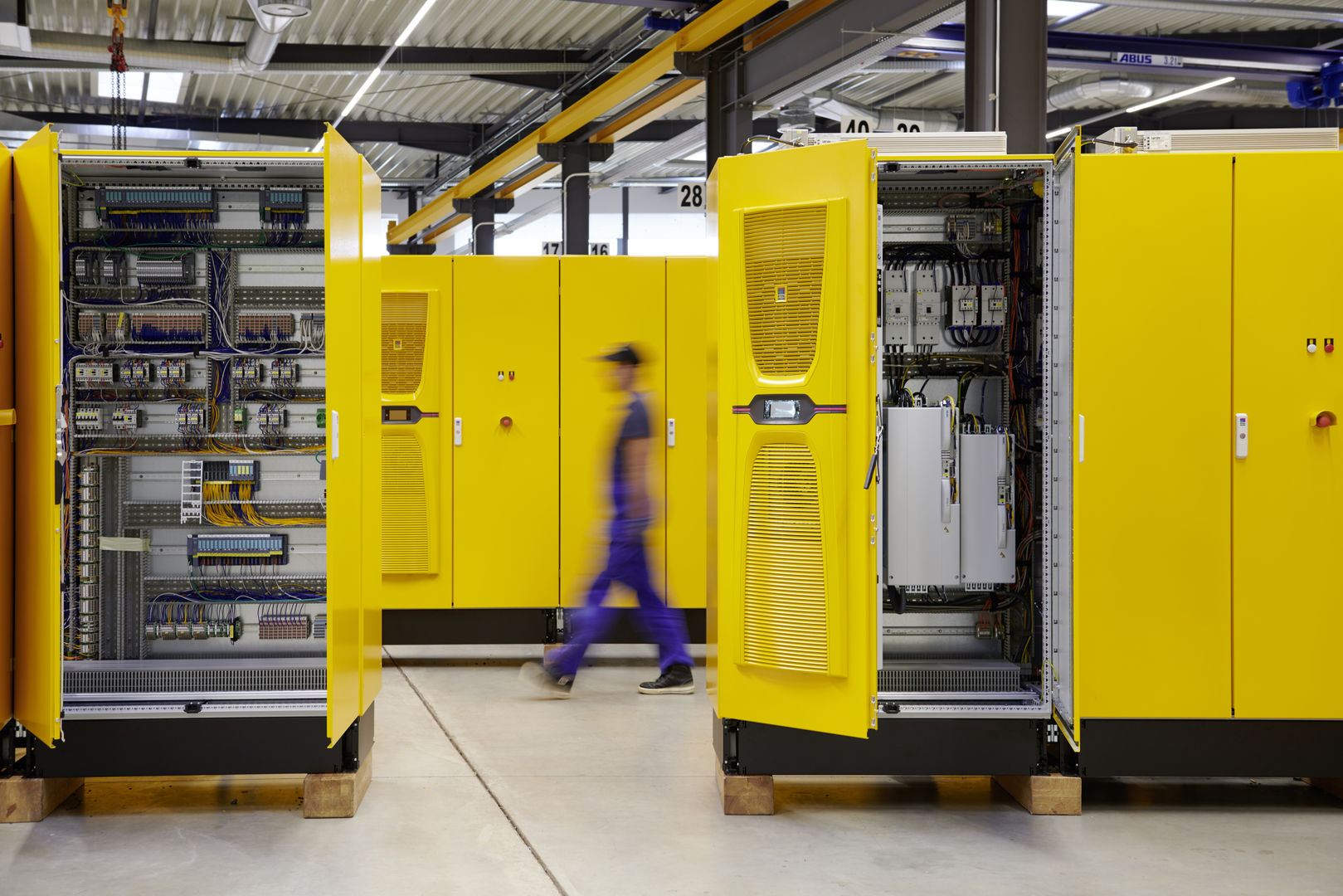
Privacy statement: Your privacy is very important to Us. Our company promises not to disclose your personal information to any external company with out your explicit permission.
The US Battery Storage market is struggling to adapt to rising raw material costs and has reached a "crisis point". Adam Walters, a specialist lawyer at Stoel Rives, said the sharp rise in the cost of lithium carbonate meant the industry was likely to see a slowdown in new construction in 2022 or 2023.
"For many projects, batteries will be uneconomical in the short term. "The cost of raw materials is so high that the overall battery price will increase by 20 to 30 percent, so the economics will not improve."
Walters has worked as an in-house lawyer at Tesla and First Solar as a client transaction, commercial and project attorney in the renewable energy and battery storage sectors.
Cobalt and other key raw materials for lithium-ion batteries are also rising in price, but lithium carbonate, which has risen fivefold since Last August, is a huge problem, he said.
The price of lithium carbonate in China will rise from about Rmb100,000 ($15,000) per tonne to about Rmb500,000 ($78,000) in the first half of 2022. Prices have doubled in the past two months, and in the two months before that. Such a scenario would be "a sea change for the industry," Walters said.
"I think it will be a temporary change, but it is enough and raw material prices are out of control."
Top battery suppliers now set prices based on the spot market, passing those prices on to developers. This means that the set price is very short-term, and if the supplier's terms are not agreed and an agreement is signed within five to 10 days, the buyer loses the price and has to renegotiate.

"We're going to see fewer battery projects built this year, and maybe even build on that until 2023. You may see some developers waiting for prices to come down to the levels we saw six or seven months ago."
According to the lawyer, three months ago the situation began to get a bit alarming, but it has now reached a "crisis point".
The industry has grown accustomed to the continued decline in the cost of Energy Storage batteries, which are falling faster than even photovoltaics or wind until 2021.
Price volatility 'unconvincing for banks'
Last August, Walters wrote in an article that energy storage procurement in the U.S. remains a mess, reminiscent of the "Wild West."
He said at the time that ensuring the stability of the supply chain, ensuring that customers understand their warranties and which way the storage market is going in different regions are all challenges facing the industry at this stage.
Since then, the huge demand for Lithium Batteries in the electric vehicle industry has driven up raw material prices, as have increased shipping and other costs caused by the pandemic, though that has affected many other industries as well.
With prices rising so fast, it's too early to say what the impact will be, and many large battery storage system developers will try to lock in battery orders 12 to 18 months in advance.
Projects scheduled for completion this year may not be affected because their batteries have already been procured, Walters said. But projects completed in 2023 and 2024 could soon be affected as suppliers "dramatically raise prices".
His colleague at Stoel Rives, Morten Lund, who works downstream in the industry, says the unprecedented volatility in prices makes it "very difficult for developers to try [and] convince banks not to worry".

This is likely to have the biggest impact on the optical storage market, according to Morten Lund. Independent energy storage projects are mostly financed through balance sheets rather than project finance, allowing developers to take risks.
On the other hand, many optical storage projects need project financing. In these cases, Lund says, a significant increase in the volatility of storage costs -- which account for a significant portion of the total project cost -- could affect the ability to secure financing.
However, Mr Artizzu said that while the global energy storage market was growing faster than expected, potentially adding to supply chain challenges, the situation "represents a growth opportunity".

Privacy statement: Your privacy is very important to Us. Our company promises not to disclose your personal information to any external company with out your explicit permission.

Fill in more information so that we can get in touch with you faster
Privacy statement: Your privacy is very important to Us. Our company promises not to disclose your personal information to any external company with out your explicit permission.